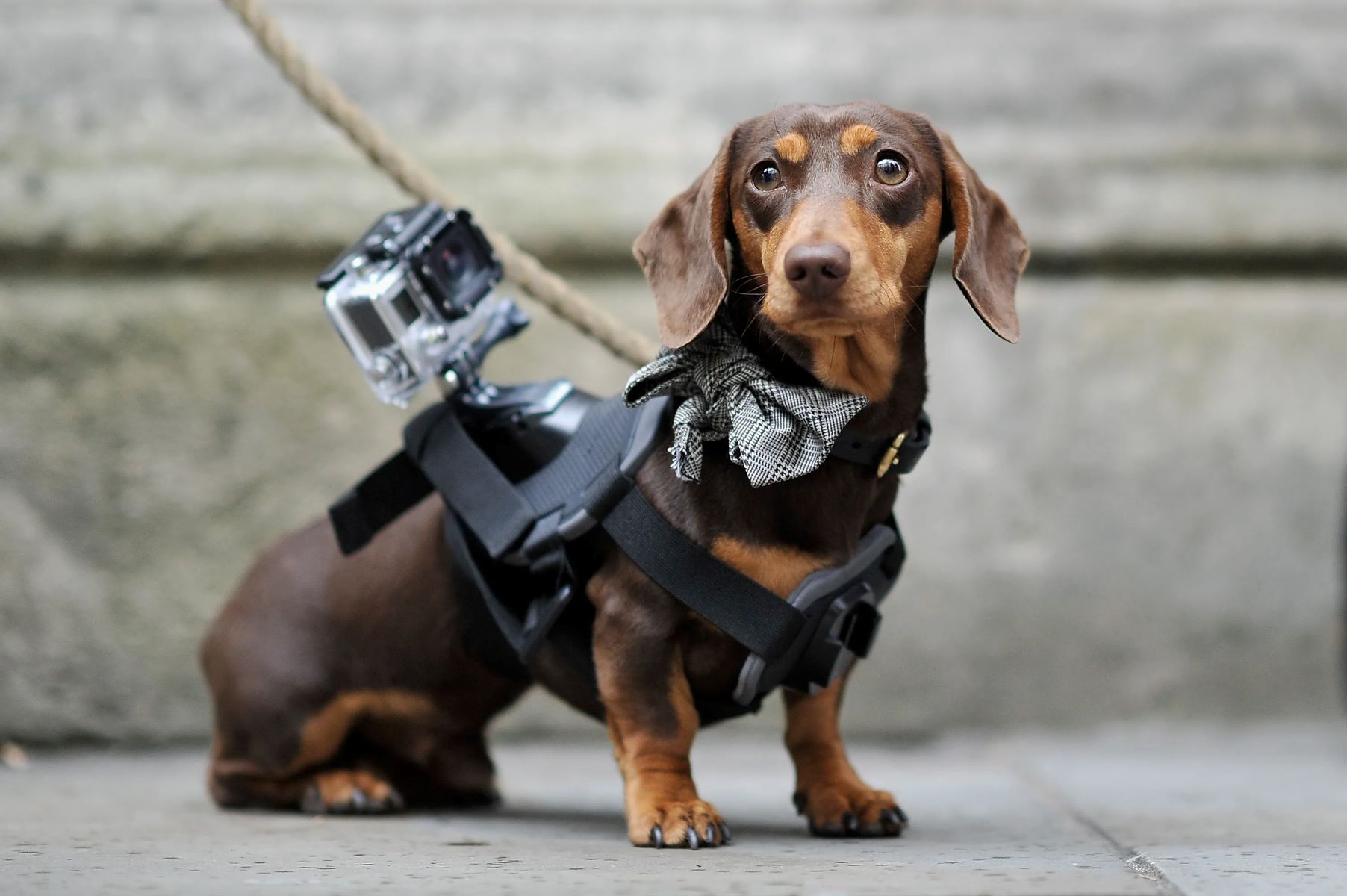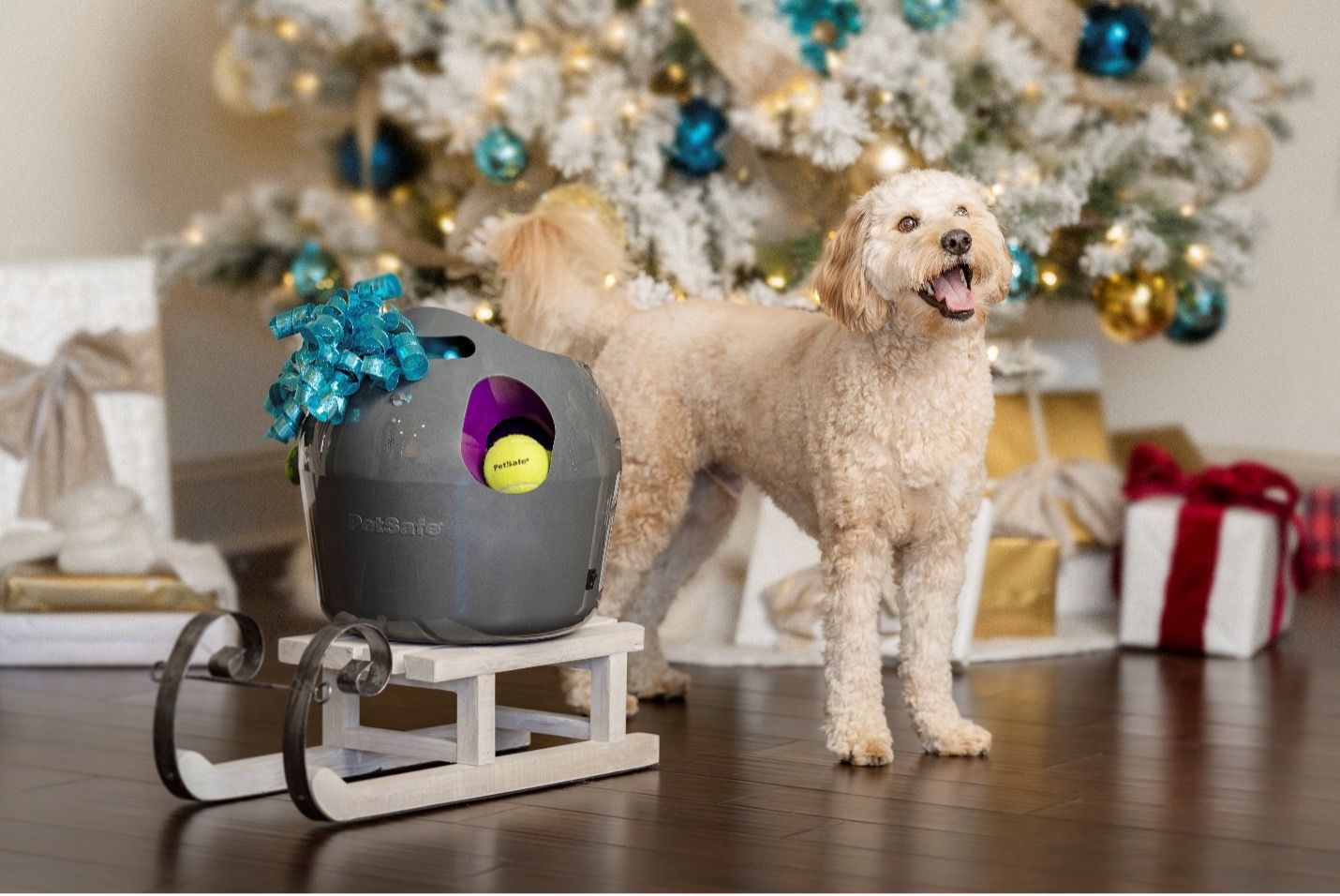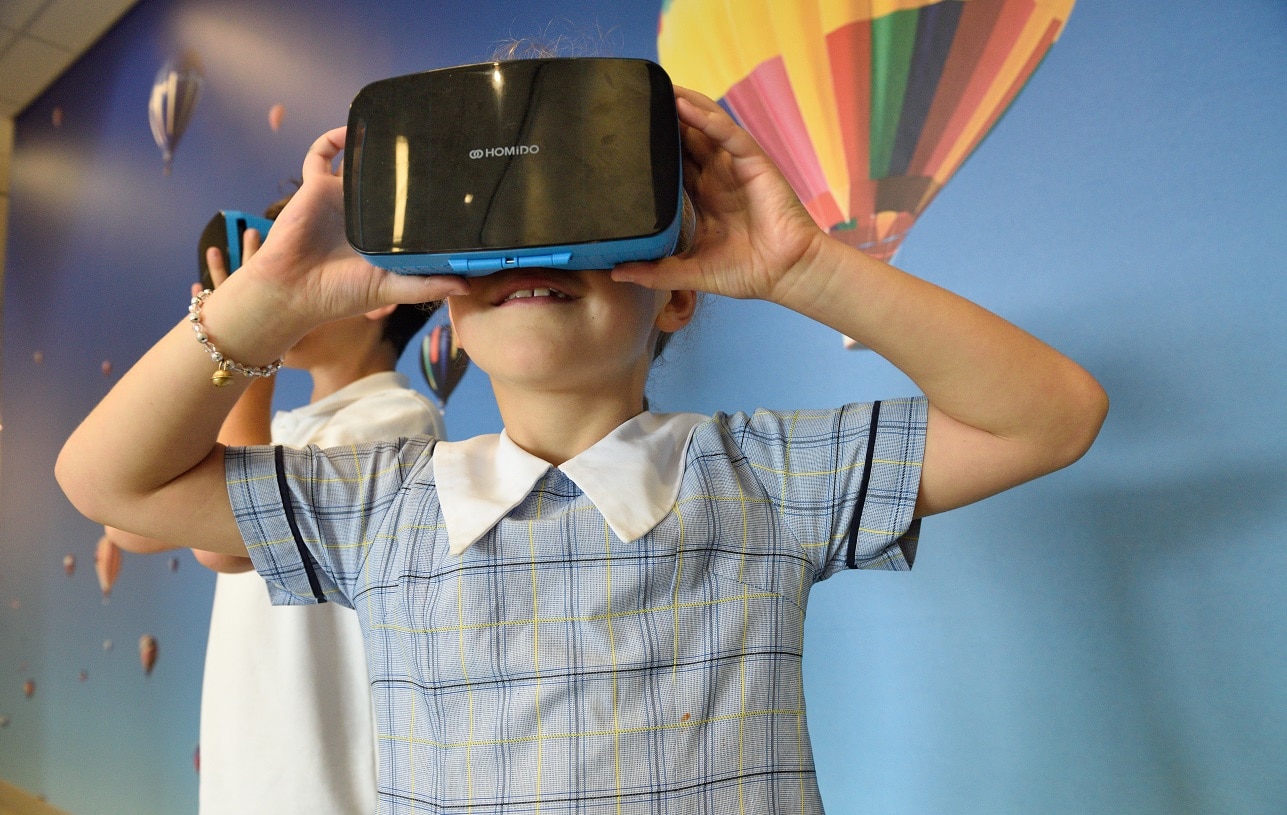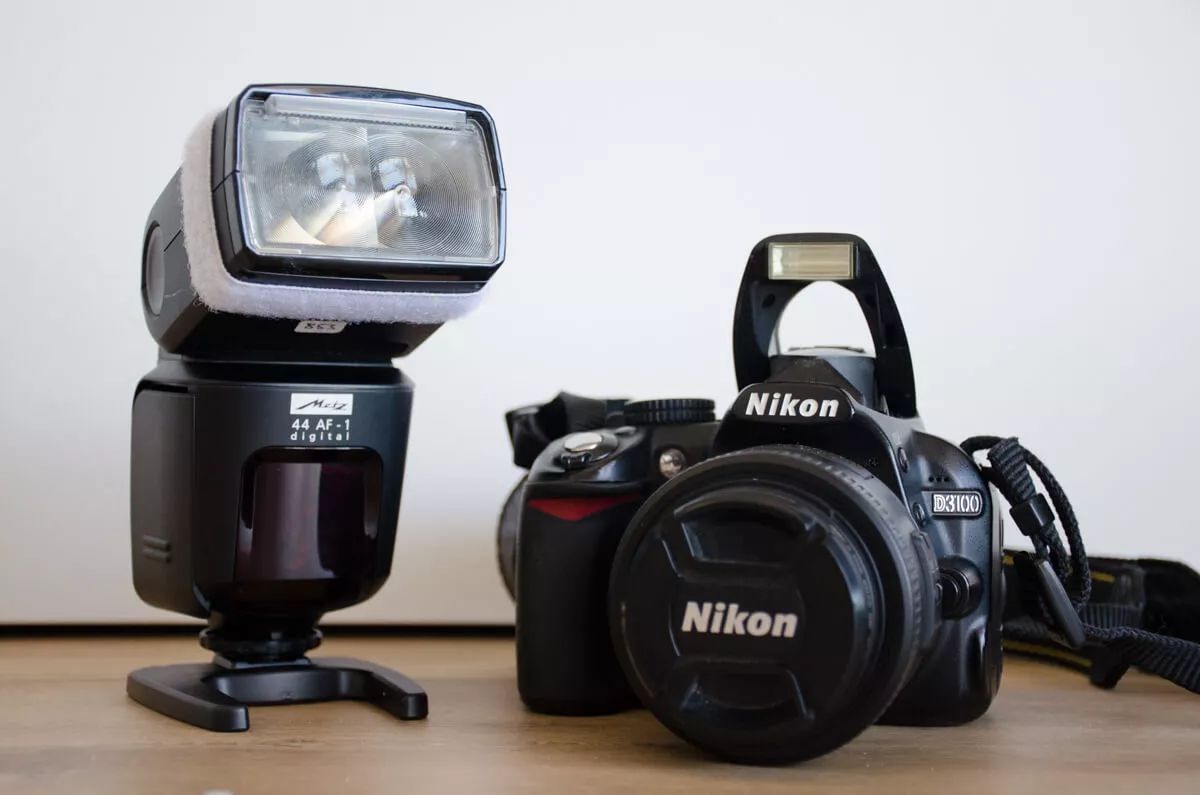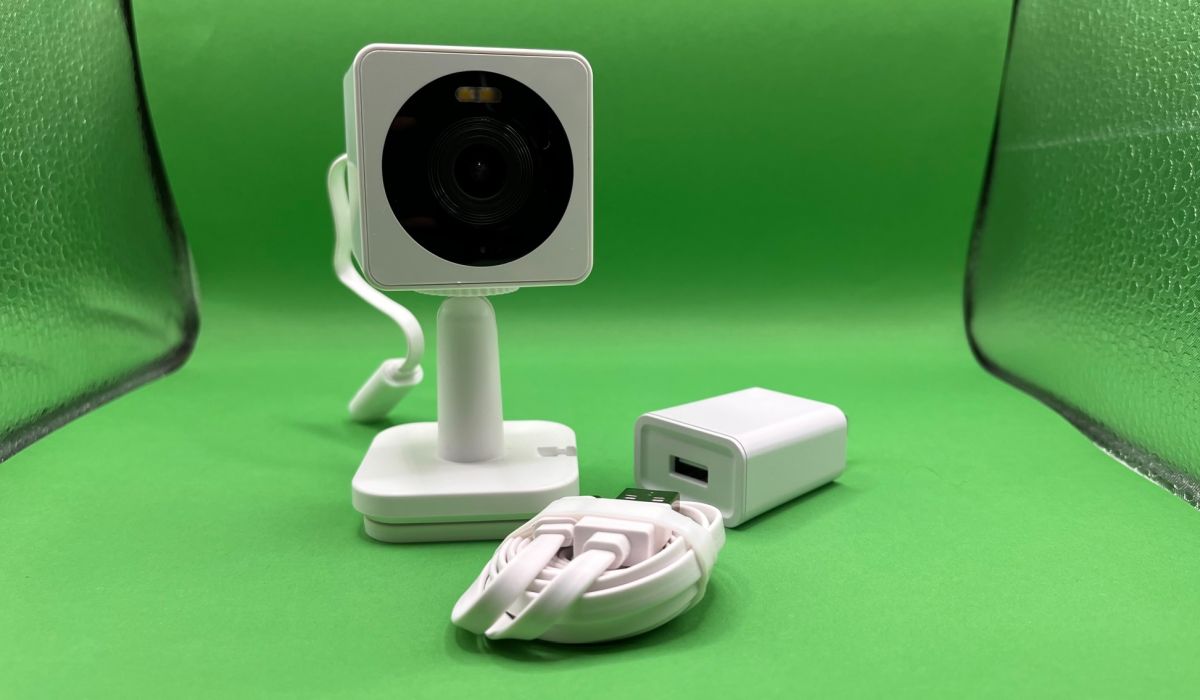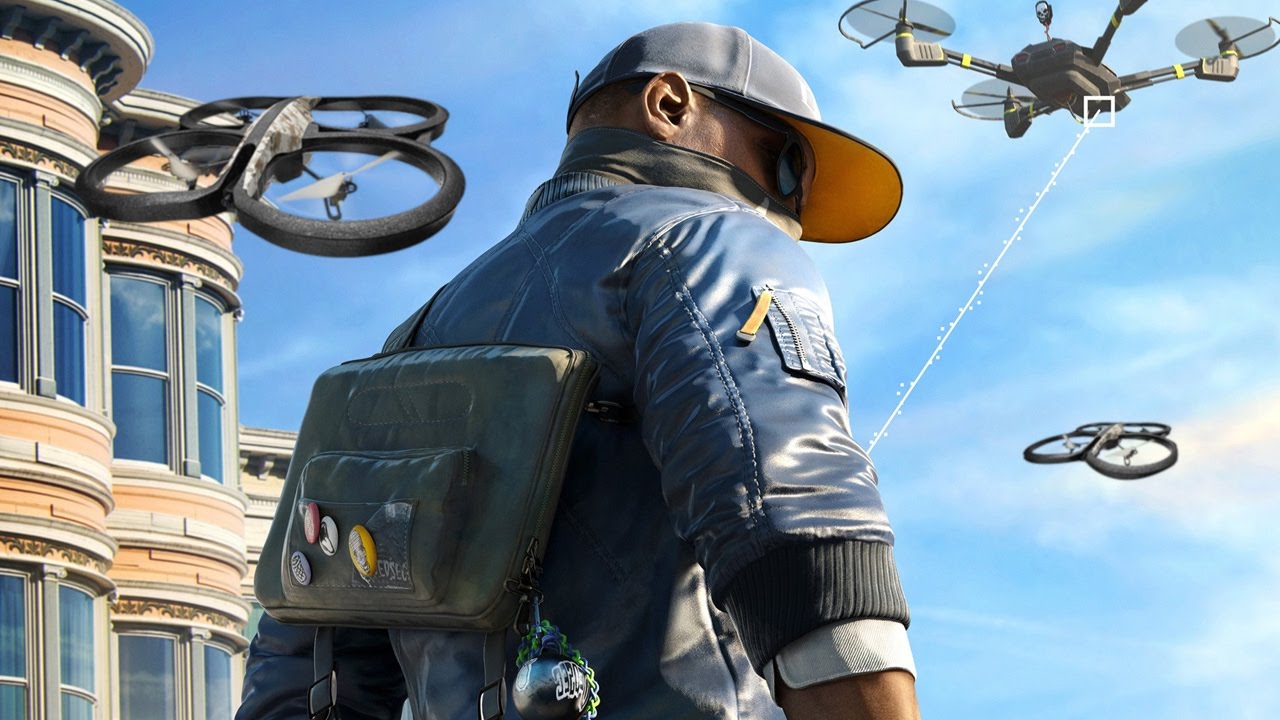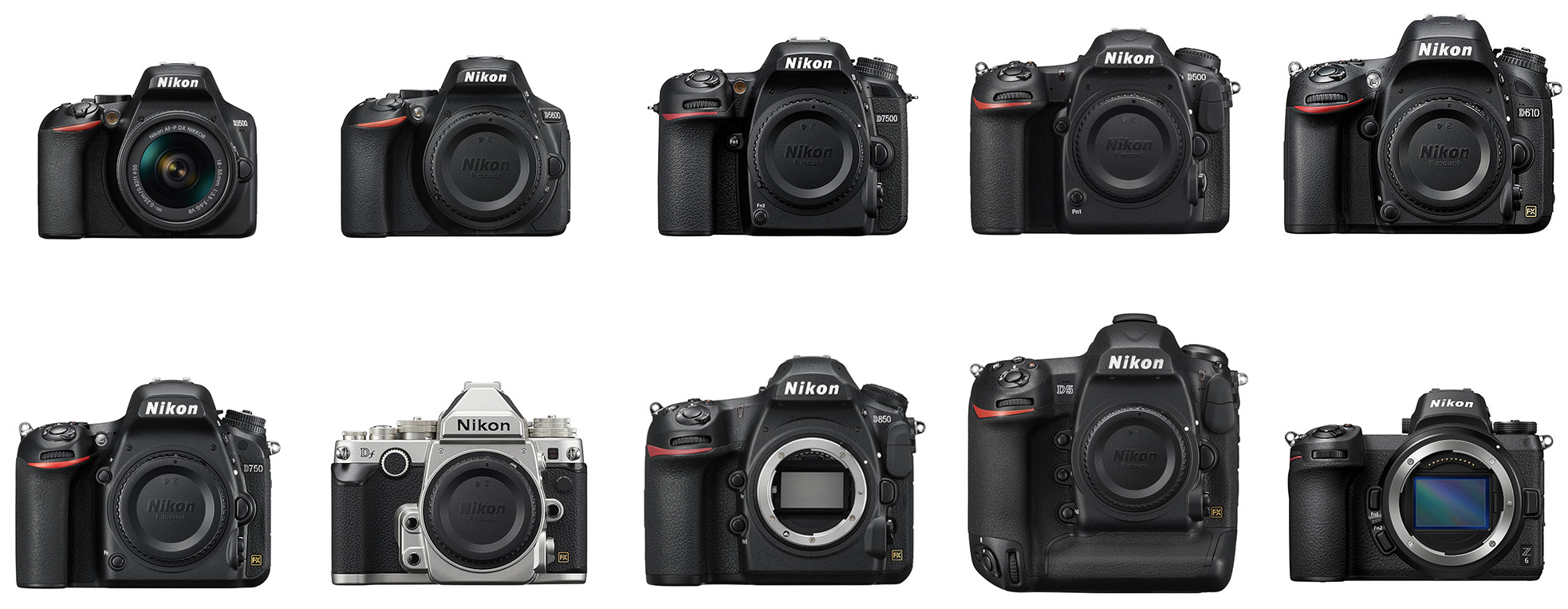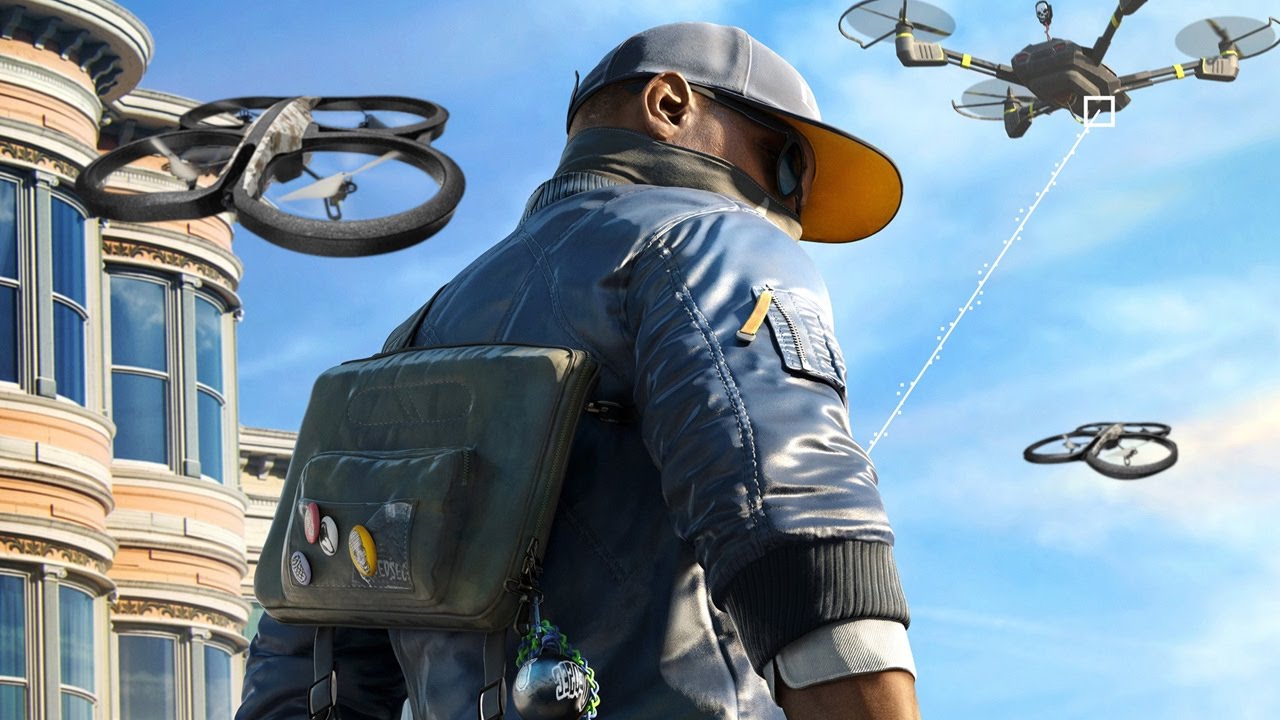Introduction
Introduction
Mounting an action camera on a dog can provide a unique and captivating perspective of the world from a canine point of view. Whether capturing the excitement of a dog's outdoor adventures or gaining insight into their behavior, a well-mounted action camera can offer an immersive experience for both the dog and its human companions. However, achieving stable and engaging footage requires careful consideration of the camera mount, positioning on the dog's body, and adjustments to minimize bounce. In this guide, we will explore the essential steps for mounting an action camera to a dog for minimum bounce, ensuring that the resulting footage is both visually appealing and comfortable for the canine participant.
Capturing footage from a dog's perspective can be exhilarating and insightful, providing a glimpse into their world and activities. This unique viewpoint allows dog owners and enthusiasts to witness the world through the eyes of their beloved pets, creating a deeper connection and understanding. Whether documenting a playful romp in the park, a scenic hike, or simply observing the dog's daily routines, mounting an action camera can offer a fresh and engaging perspective.
As we delve into the process of mounting an action camera on a dog, it's important to consider the welfare and comfort of the canine participant. Ensuring that the camera mount is secure and minimizes bounce is crucial for the dog's safety and well-being. By following the steps outlined in this guide, dog owners can capture stable and captivating footage while prioritizing the comfort and freedom of movement for their furry companions.
In the following sections, we will discuss the selection of the right camera mount, choosing the best location on the dog's body for mounting, adjusting the straps to minimize bounce, and testing and adjusting the camera position. By carefully addressing each of these steps, dog owners can successfully mount an action camera on their pets, resulting in engaging and visually appealing footage that provides a unique perspective of the world from a dog's point of view.
Selecting the Right Camera Mount
When mounting an action camera on a dog, selecting the appropriate camera mount is essential to ensure stability, comfort, and safety for the canine participant. There are various types of camera mounts available, each designed to accommodate different activities and breeds of dogs. The right camera mount will securely attach the action camera to the dog without causing discomfort or hindering their movements.
One of the most popular and versatile camera mounts for dogs is the chest harness. This type of mount offers a stable and relatively bounce-free perspective, as it is attached to the dog’s chest, near the front legs. The chest harness provides a balanced viewpoint and allows for a natural range of motion, making it suitable for capturing the dog’s interactions with the environment and other animals. Additionally, the chest harness is often adjustable, ensuring a snug and secure fit for dogs of various sizes and breeds.
For activities that involve a higher vantage point or aerial perspective, a back harness mount may be more suitable. This mount attaches the action camera to the dog’s back, offering a unique viewpoint that captures the dog’s movements and surroundings from an elevated position. When selecting a back harness mount, it is crucial to consider the weight and size of the camera, ensuring that it does not cause discomfort or imbalance for the dog.
In addition to harness mounts, there are also head mounts designed to attach the action camera to the dog’s head or snout. While head mounts can provide an intimate and immersive viewpoint, they may not be suitable for all dogs, as some may find the sensation intrusive or uncomfortable. It is important to assess the dog’s comfort and behavior when using a head mount and to ensure that it does not obstruct the dog’s vision or cause distress.
When choosing the right camera mount, it is essential to consider the dog’s breed, size, and comfort level with wearing accessories. Additionally, the intended activity and environment should influence the selection of the camera mount, ensuring that it is well-suited for capturing stable and engaging footage without causing discomfort or hindering the dog’s movements.
Choosing the Best Location on the Dog’s Body
When mounting an action camera on a dog, selecting the best location on the dog’s body is crucial for achieving stable footage and ensuring the dog’s comfort and safety. The chosen location should allow for a secure and stable attachment while minimizing bounce and interference with the dog’s movements. Different locations on the dog’s body offer unique perspectives and considerations for capturing engaging footage.
The chest area is a popular and practical location for mounting an action camera. Placing the camera on the dog’s chest, near the front legs, provides a stable and balanced viewpoint that closely aligns with the dog’s line of sight. This positioning allows the camera to capture the dog’s interactions with the environment, including their interactions with other animals, exploration of surroundings, and engagement in various activities. Additionally, the chest area offers a relatively stable platform for the camera, reducing excessive movement and bounce.
For activities that involve a higher vantage point or aerial perspective, mounting the camera on the dog’s back may be more suitable. This location provides a unique viewpoint that captures the dog’s movements and surroundings from an elevated position. When mounting the camera on the dog’s back, it is important to ensure that the harness or mount does not cause discomfort or restrict the dog’s movements. Additionally, the weight and size of the camera should be carefully considered to maintain the dog’s balance and agility.
Another consideration for mounting the action camera is the dog’s head or snout. Head mounts offer an intimate and immersive viewpoint, providing a perspective that aligns with the dog’s line of sight and captures their facial expressions and interactions. However, it is essential to assess the dog’s comfort and behavior when using a head mount, as some dogs may find the sensation intrusive or uncomfortable. Furthermore, head mounts should not obstruct the dog’s vision or cause distress, ensuring that the dog’s well-being is prioritized during the filming process.
When choosing the best location on the dog’s body for mounting an action camera, it is important to consider the dog’s breed, size, and comfort level with wearing accessories. The selected location should offer a stable and secure attachment while minimizing bounce and interference with the dog’s natural movements. By carefully assessing the available options and considering the dog’s well-being, dog owners can select the optimal location for mounting the action camera, resulting in stable and engaging footage from the dog’s perspective.
Adjusting the Straps for Minimum Bounce
Once the appropriate camera mount and location on the dog’s body have been selected, adjusting the straps is essential to minimize bounce and ensure a secure and comfortable fit. Properly adjusted straps not only stabilize the action camera but also prevent discomfort or restriction of the dog’s movements during filming. Whether using a chest harness, back harness, or head mount, the following considerations are crucial for achieving minimum bounce and optimal stability.
When using a chest harness, the straps should be adjusted to fit snugly around the dog’s chest and torso without being overly tight. The harness should provide a secure attachment for the action camera while allowing the dog to move naturally and comfortably. Care should be taken to ensure that the straps do not chafe or cause irritation, and regular checks during filming can help maintain a comfortable fit as the dog moves and engages in various activities. Additionally, securing any excess straps can prevent tangling or interference with the dog’s movements, further reducing the potential for bounce.
For back harness mounts, adjusting the straps to distribute the weight of the camera evenly is crucial for minimizing bounce and maintaining the dog’s balance. The harness should be snug but not constricting, allowing for freedom of movement while preventing excessive shifting or bouncing of the camera. Regular monitoring of the straps during filming can help identify any adjustments needed to maintain stability and comfort for the dog. Additionally, ensuring that the harness does not impede the dog’s movements or cause discomfort is essential for a positive filming experience.
When using a head mount, careful adjustment of the straps is necessary to secure the camera while prioritizing the dog’s comfort and well-being. The straps should be fitted securely but not too tight, ensuring that the head mount remains stable without causing discomfort or restricting the dog’s movements. Regular observation of the dog’s behavior and comfort level can help determine if any adjustments are needed during filming, allowing for a seamless and enjoyable experience for both the dog and the camera operator.
Throughout the filming process, periodically checking the straps and making necessary adjustments can help maintain stability and minimize bounce. By ensuring a secure and comfortable fit, dog owners can capture stable and engaging footage while prioritizing the well-being and freedom of movement for their furry companions. Properly adjusted straps contribute to a positive filming experience, allowing the action camera to capture the world from a dog’s perspective with minimal interference and maximum stability.
Testing and Adjusting the Camera Position
After selecting the appropriate camera mount, choosing the best location on the dog’s body, and adjusting the straps, it is essential to thoroughly test and adjust the camera position to ensure optimal stability and a comfortable filming experience for the dog. Testing the camera position allows for fine-tuning and adjustments that minimize bounce and capture engaging footage from the dog’s perspective.
Before beginning the filming session, it is advisable to conduct a series of pre-filming tests to assess the stability and comfort of the camera position. This can involve observing the dog’s movements and behavior while wearing the mounted camera, ensuring that the attachment is secure and does not cause any discomfort or restriction. Additionally, conducting a brief trial run in a controlled environment allows for immediate adjustments and ensures that the camera position is well-suited for the dog’s movements and activities.
During the testing phase, it is important to monitor the camera’s stability and the dog’s comfort level. Observing how the camera responds to the dog’s movements, such as running, jumping, or engaging in various activities, provides valuable insights into the effectiveness of the chosen position and any necessary adjustments. Additionally, paying attention to the dog’s behavior and body language can indicate whether the camera position is causing any discomfort or hindering the dog’s natural movements.
Based on the observations and feedback gathered during the initial testing phase, adjustments to the camera position can be made to enhance stability and comfort. This may involve repositioning the camera mount slightly, fine-tuning the angle of the camera, or making incremental changes to the straps to minimize bounce and ensure a secure fit. Regular testing and adjustments allow for a tailored approach that optimizes the camera position for the specific movements and activities of the dog.
Once the initial adjustments have been made, conducting further testing in varying environments and during different activities can provide valuable insights into the effectiveness of the camera position. Filming the dog in outdoor settings, engaging in activities such as walking, running, or playing, allows for real-time assessment of the camera’s stability and the dog’s comfort. This iterative process of testing and adjusting the camera position ensures that the resulting footage is stable, engaging, and reflective of the dog’s natural movements and behaviors.
By investing time in thorough testing and adjustments, dog owners can fine-tune the camera position to achieve optimal stability and comfort for their furry companions. This careful approach to testing and adjusting the camera position results in captivating footage that provides a unique perspective of the world from a dog’s point of view, capturing the essence of their experiences and interactions with the environment.
Conclusion
Mounting an action camera on a dog to capture footage from their perspective offers a captivating and immersive experience for both the dog and their human companions. Through careful consideration of the camera mount, location on the dog’s body, strap adjustments, and thorough testing of the camera position, dog owners can achieve stable and engaging footage while prioritizing the comfort and freedom of movement for their furry companions.
Selecting the right camera mount, whether a chest harness, back harness, or head mount, is crucial for providing a stable and balanced viewpoint that aligns with the dog’s natural movements and interactions. The chosen location on the dog’s body should allow for a secure attachment while minimizing bounce and interference with the dog’s activities. Adjusting the straps to ensure a snug and comfortable fit is essential for stabilizing the camera and preventing discomfort or restriction of the dog’s movements during filming.
Thorough testing and adjustments of the camera position, including pre-filming tests and real-time assessments during various activities, contribute to fine-tuning the stability and comfort of the camera setup. This iterative process allows for tailored adjustments that optimize the camera position for the specific movements and behaviors of the dog, resulting in stable and captivating footage that reflects the dog’s experiences and interactions with the environment.
By following the essential steps outlined in this guide, dog owners can successfully mount an action camera on their pets for minimum bounce, ensuring that the resulting footage provides a unique and engaging perspective of the world from a dog’s point of view. This process not only captures the excitement and activities of the dog but also strengthens the bond between dogs and their human companions by offering a deeper understanding of their experiences and perspectives.
Ultimately, the careful and considerate approach to mounting an action camera on a dog prioritizes the well-being and comfort of the canine participant while creating visually compelling and immersive footage. Through this process, dog owners can celebrate and share the unique experiences and adventures of their beloved pets, offering a fresh and captivating viewpoint that enriches the storytelling of their shared journeys.







